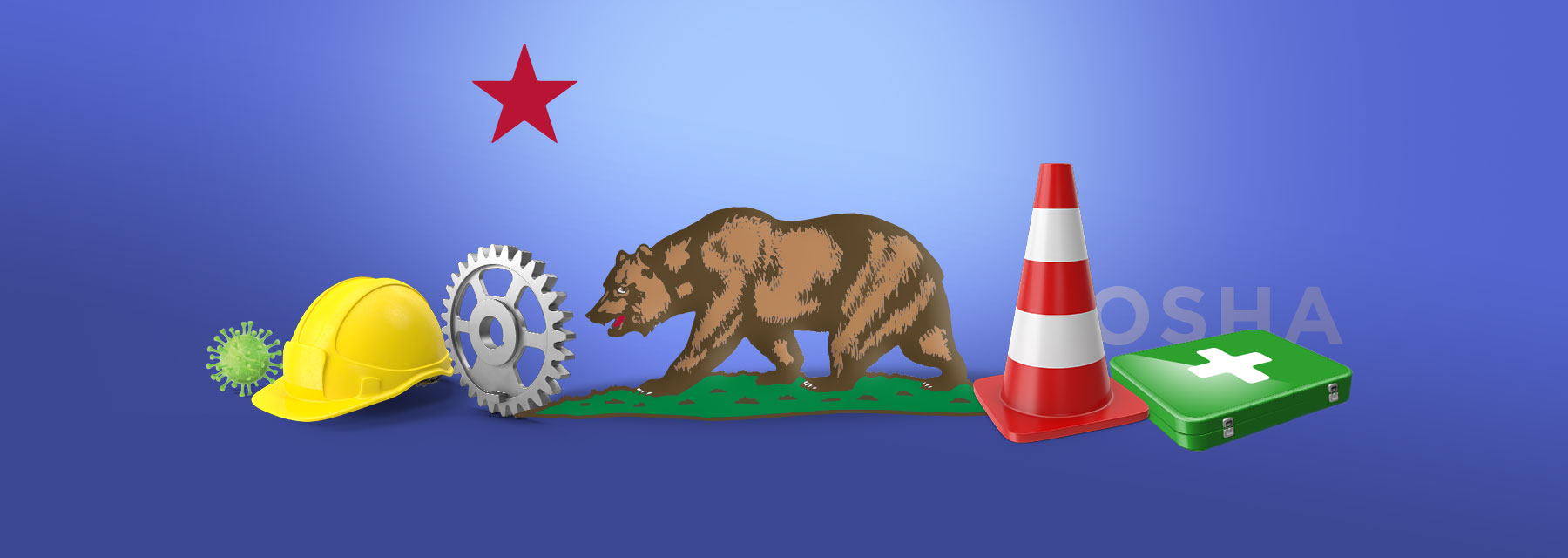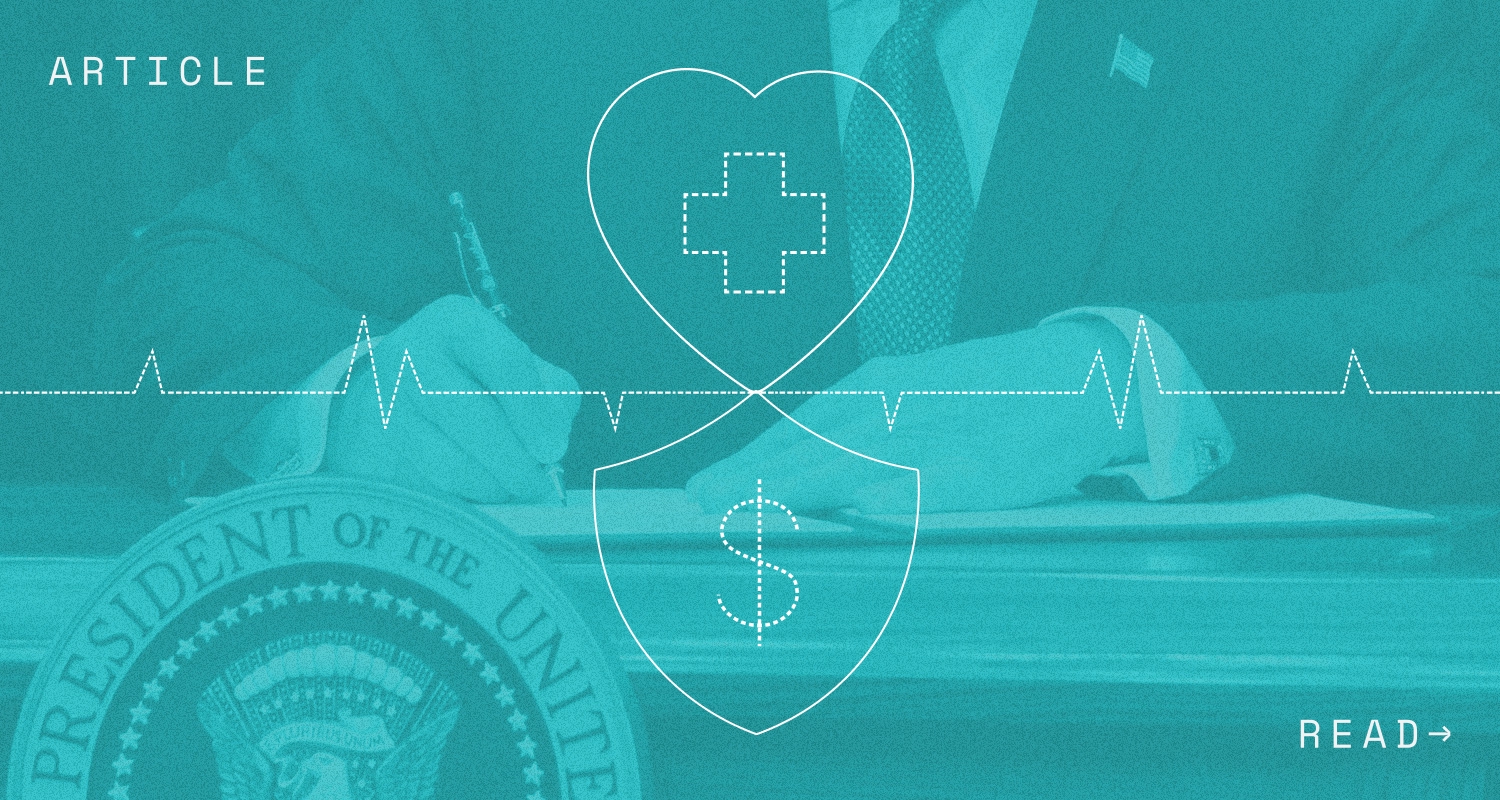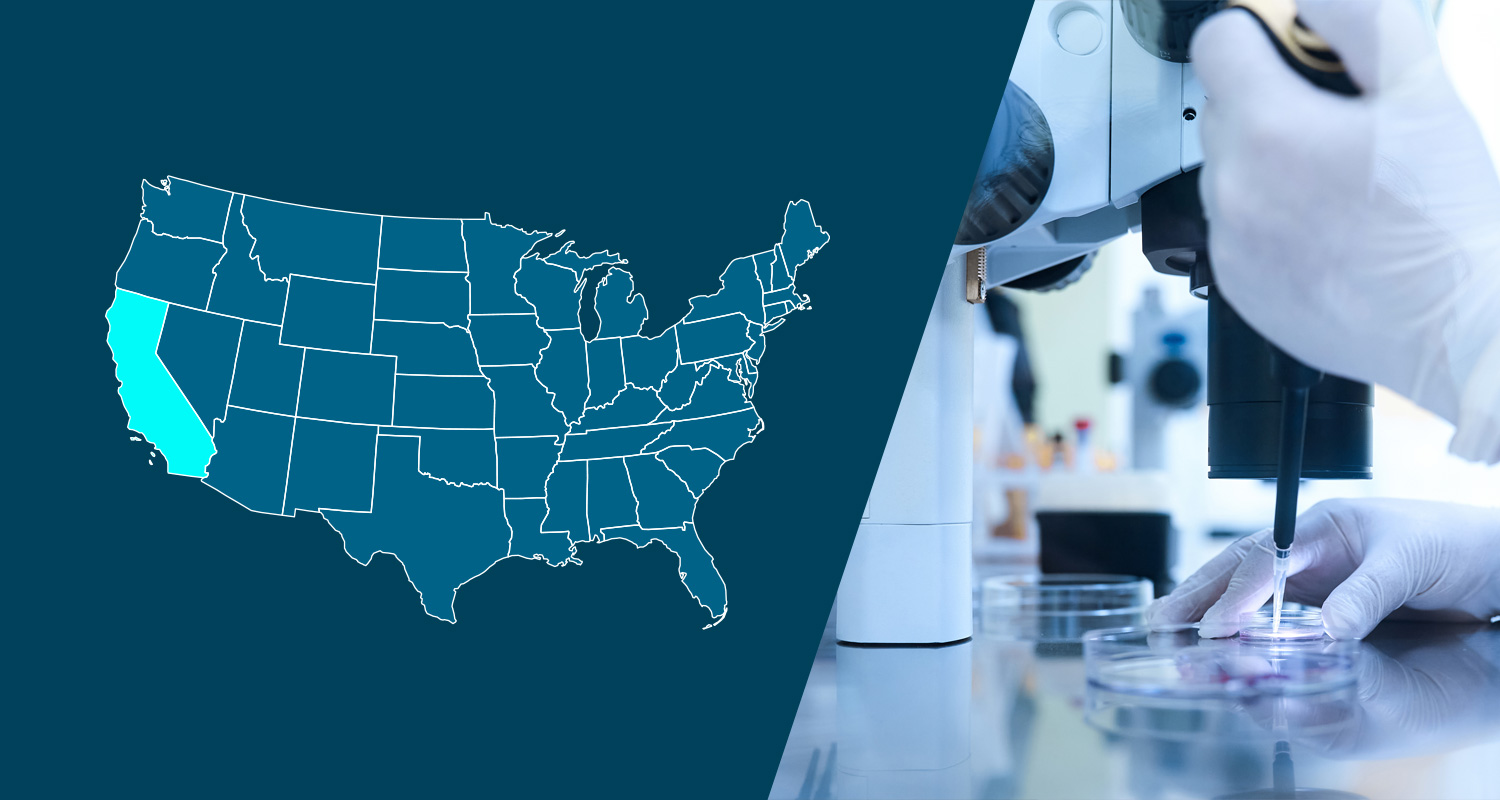UPDATE 5/16/22: Cal/OSHA Emergency Temporary Standards (ETS) has again been revised and re-adopted, with the changes going into effect as of May 6, 2022. The ETS lays out guidance for testing, masking, and other COVID-19 prevention measures for employers to follow in the workplace. Though most of the ETS changes are technical and may not impact employers’ current practices, employers may want to familiarize themselves with the latest version of the ETS.
UPDATED – On Wednesday June 9, 2021 Cal-OSHA announced that it held a special meeting to hear from the California Department of Public Health on new face covering guidance. The board decided to withdraw revisions to the Emergency Temporary Standards that were previously sent to the Office of Administrative Law in order to update Cal-OSHA’s COVID-19 prevention requirements with the latest guidance. Cal-OSHA will present recommended revisions to the board, which could be considered at a future meeting as early as the regular meeting on June 17. In the meantime, the protections adopted in November of 2020 will remain in effect.
UPDATED – On May 5, 2021, Cal-OSHA released Frequently Asked Questions which provide clarity on whether employers must continue to exclude fully vaccinated employees from the workplace if they were exposed to a confirmed case of COVID-19.
UPDATED – On February 26, 2021 updated and revised its Frequently asked Questions to the COVID-19 Emergency Temporary Standards.
UPDATED – On January 8, 2021, Cal-OSHA released additional Frequently Asked Questions to the COVID-19 Emergency Temporary Standards.
On November 19, 2020, the California Occupational Safety and Health Standards Board approved emergency temporary COVID-19 standards (“emergency standards”) for health and safety in the workplace.
Who do the Emergency Standards Apply to?
The standards apply to all employers with a California worksite.
What do the COVID-19 Emergency Standards Require?
The emergency standards require employers to prepare, implement and maintain a written COVID-19 prevention program that meets a number of specific elements outlined in the emergency rule. The following summarizes key elements:
- System of communicating – employers should have a system for communicating to employees processes and procedures relating to reporting COVID-19 cases and exposures, testing, hazards, and requests for accommodations for high-risk employees;
- Identification and evaluation of COVID-19 hazards – employers must have a process for identifying hazards which include but are not limited to: health screenings, response to confirmed cases, inspections and ventilation;
- Investigating and responding to COVID-19 cases in the workplace – employers must have an effective procedure to investigate COVID-19 cases in the workplace. This includes procedures for verifying COVID-19 case status, receiving information regarding COVID-19 test results and onset of COVID-19 symptoms, and identifying and recording COVID-19 cases;
- Correction of COVID-19 hazards – employers must implement effective policies and/or procedures for correcting unsafe or unhealthy conditions, work practices, policies and procedures in a timely manner based on the severity of the hazard;
- Training and instruction – employers must provide training on policies related to COVID-19 and the workplace including: the employer’s COVID-19 prevent program; social distancing, sanitation and mask protocols; resources and benefits for infected employees; and information on COVID-19 transmission;
- Physical distancing – employers must implement procedures to ensure employees are separated from others by at least six feet when possible. Methods of physical distancing include: telework or other remote work arrangements; reducing the number of persons in an area at one time, including visitors; and adjusted work processes or procedures;
- Face coverings – employers must provide face coverings and ensure they are worn properly;
- Reporting, recordkeeping and access – employers must keep records and report information about COVID-19 cases at the workplace to the local health department whenever required by law, and provide any related information requested by the local health department.
- Return to work criteria – the emergency rules outline criteria that must be met before an individual with COVID-19 returns to work.
- Exclusion of COVID-19 Cases – employers must be sure to keep COVID-19 cases from the workplace until the return to work criteria is met while maintaining earnings, seniority and benefits.
Employers are also required to implement the certain protocols if there is a COVID-19 outbreak in the workplace of three (3) or more cases within a 14-day period until there are no new cases for a 14-day period and are subject to additional protocols for a “major outbreak” of 20 or more COVID-19 cases within a 30-day period.
Employer Considerations
Now more than ever, employers need to be careful to monitor and protect against the potential of COVID-19 at the workplace. The California requirements demonstrate the potential for employers to have more legal exposure, which is why we recommend having clear return to work policies and COVID-19 tracking mechanisms in place. The tracking and resource capability of Sequoia’s Return to Work Center can provide a streamlined solution to address these new challenges and help your business more confidently stay compliant. Please reach out to our Sequoia Client Service team to learn more about how Return to Work Center can assist you.
Additional Resources
- COVID-19 Emergency Standards
- COVID-19 Emergency Temporary Standards Frequently Asked Questions
- Cal-OSHA COVID-19 Guidance and Resources
- Cal-OSHA Emergency Standards – What Employers Need to Know
- Cal-OSHA Frequently Asked Questions Related to COVID-19
Disclaimer: This content is intended for informational purposes only and should not be construed as legal, medical or tax advice. It provides general information and is not intended to encompass all compliance and legal obligations that may be applicable. This information and any questions as to your specific circumstances should be reviewed with your respective legal counsel and/or tax advisor as we do not provide legal or tax advice. Please note that this information may be subject to change based on legislative changes. © 2020 Sequoia Benefits & Insurance Services, LLC. All Rights Reserved
Disclaimer: This content is intended for informational purposes only and should not be construed as legal, medical or tax advice. It provides general information and is not intended to encompass all compliance and legal obligations that may be applicable. This information and any questions as to your specific circumstances should be reviewed with your respective legal counsel and/or tax advisor as we do not provide legal or tax advice. Please note that this information may be subject to change based on legislative changes. © 2022 Sequoia Benefits & Insurance Services, LLC. All Rights Reserved




